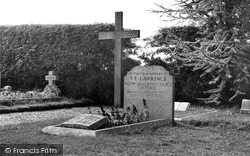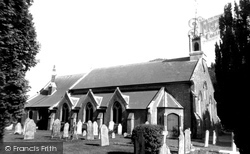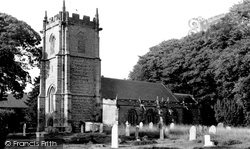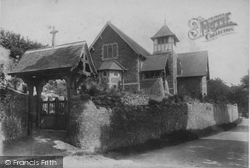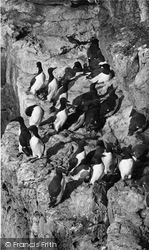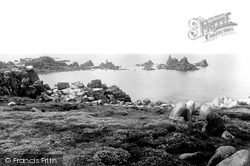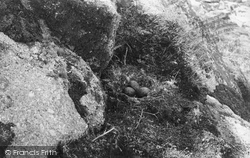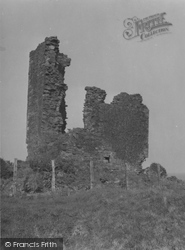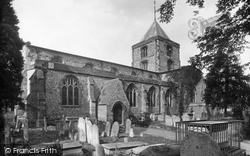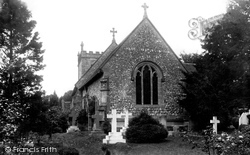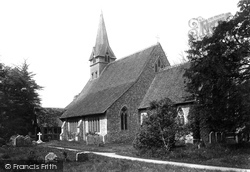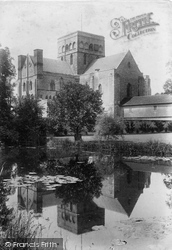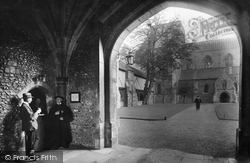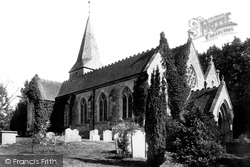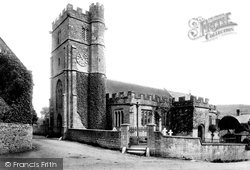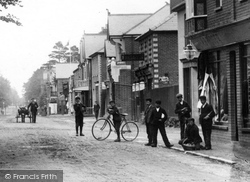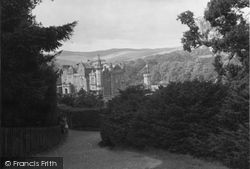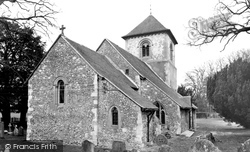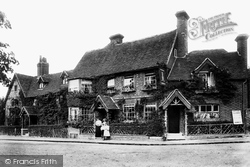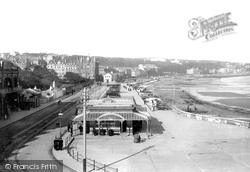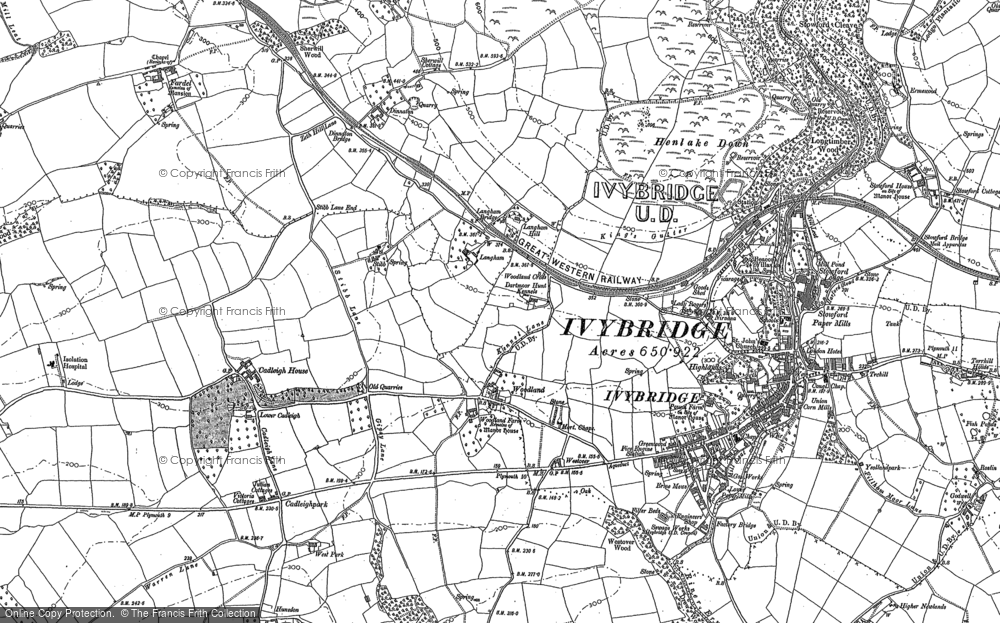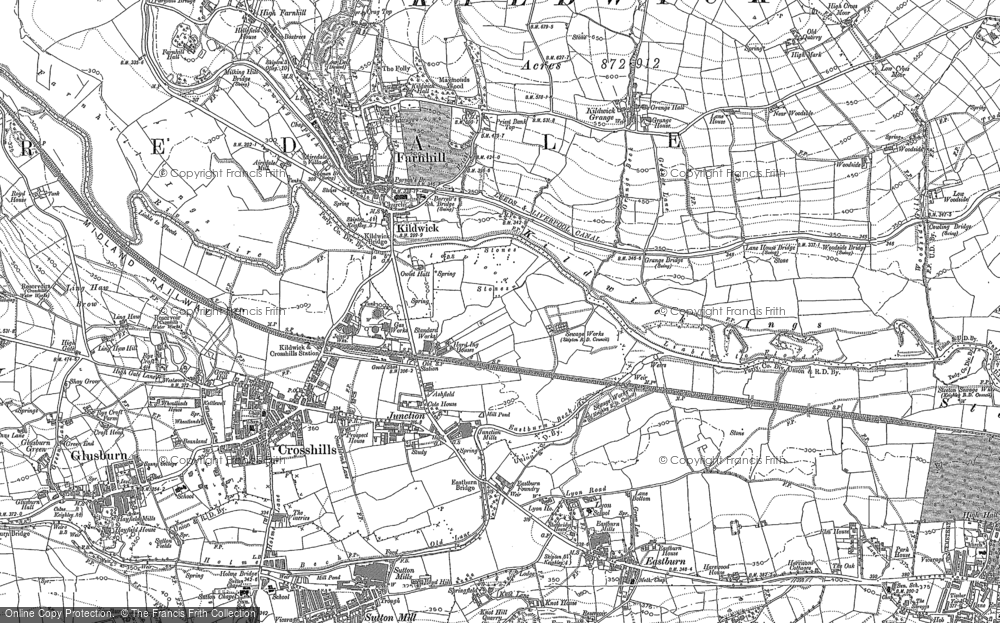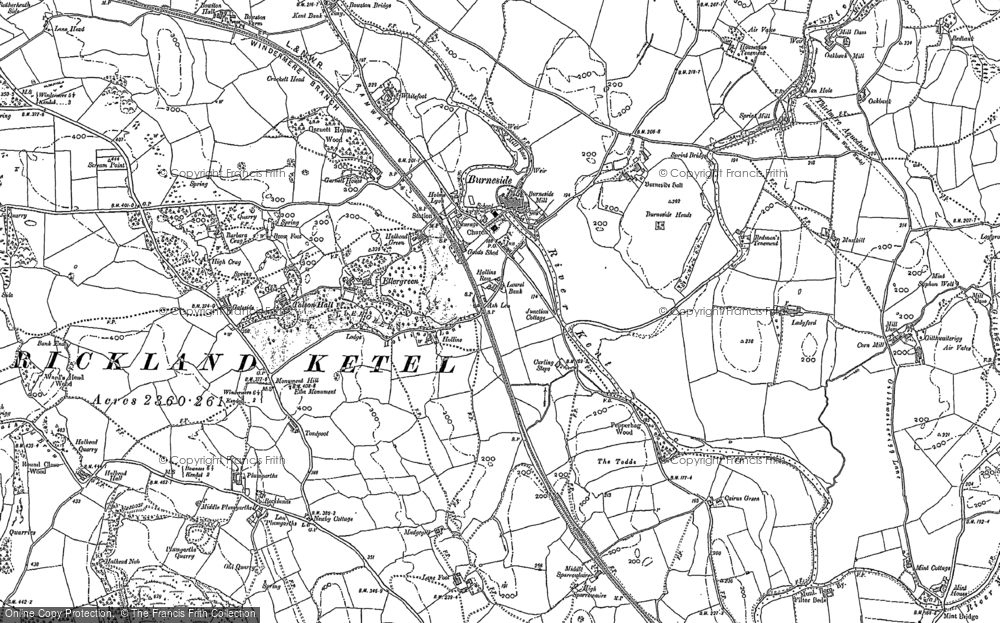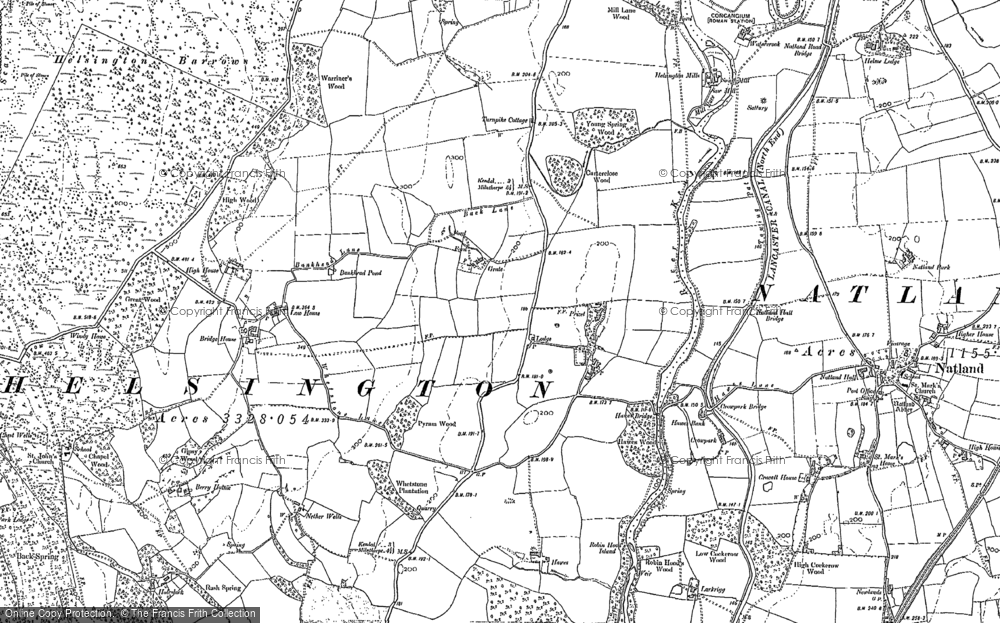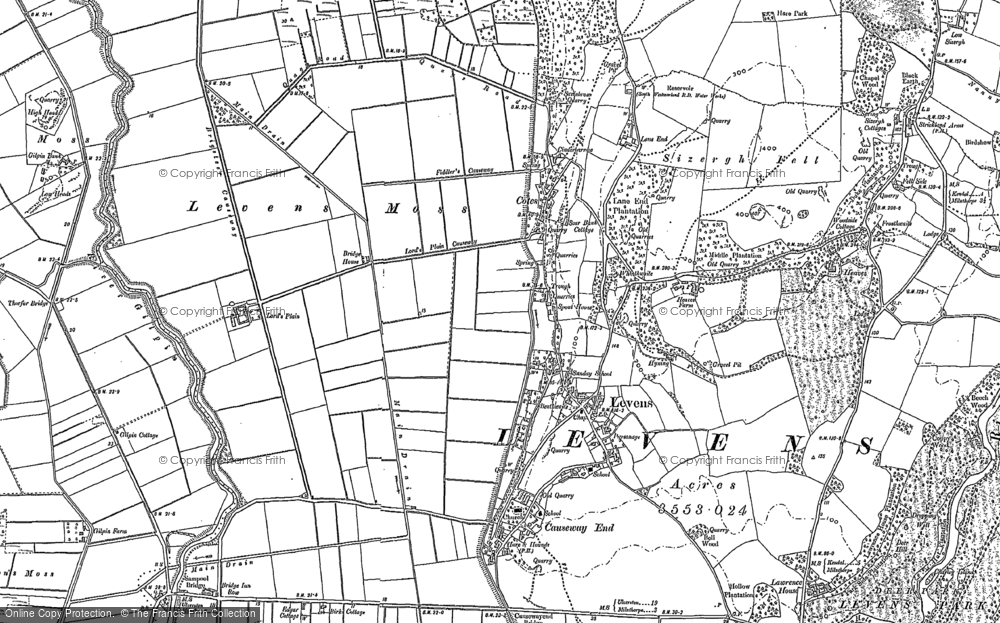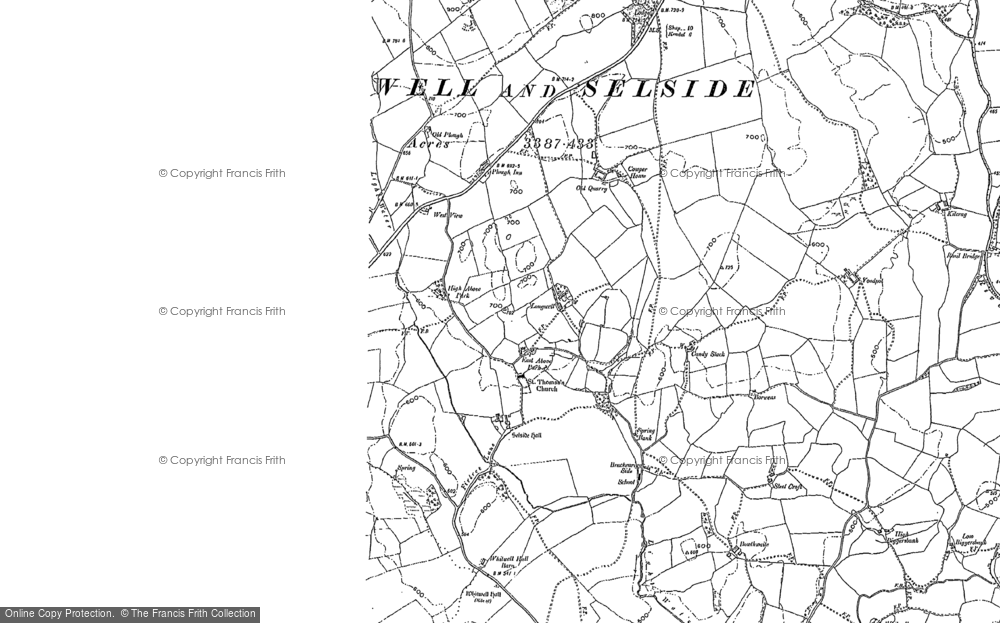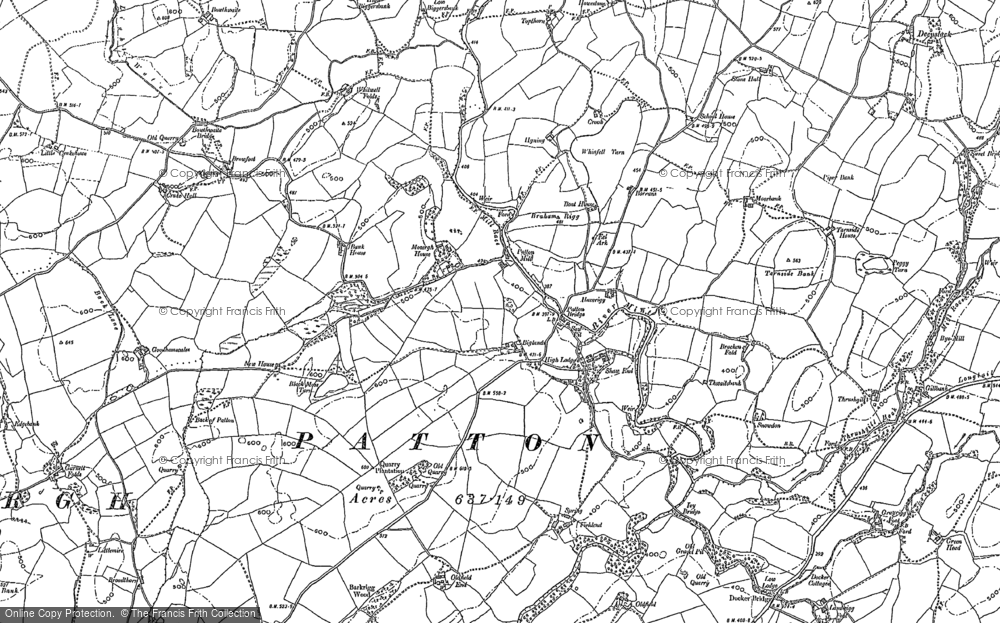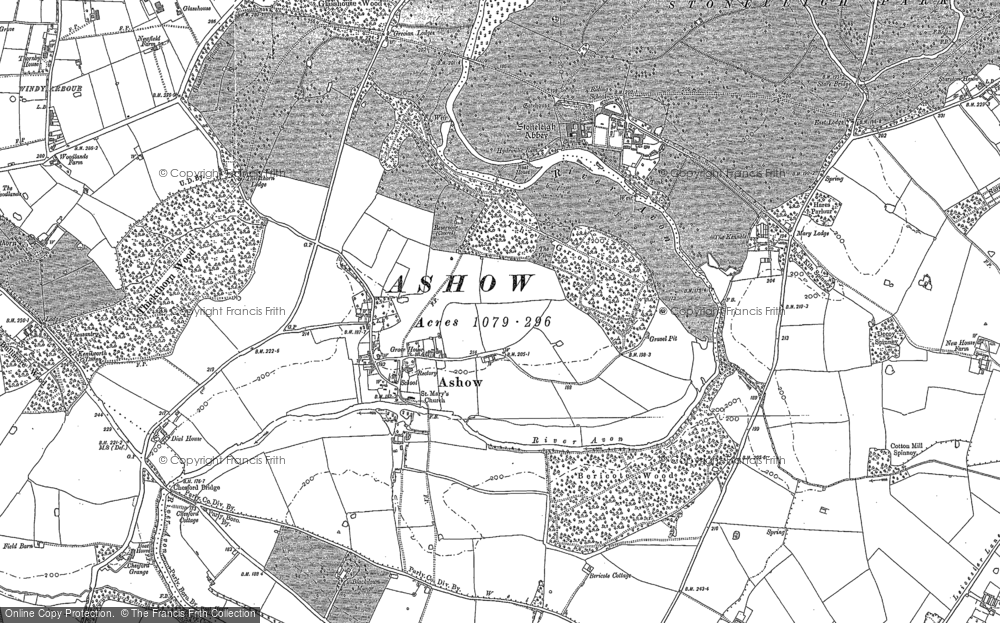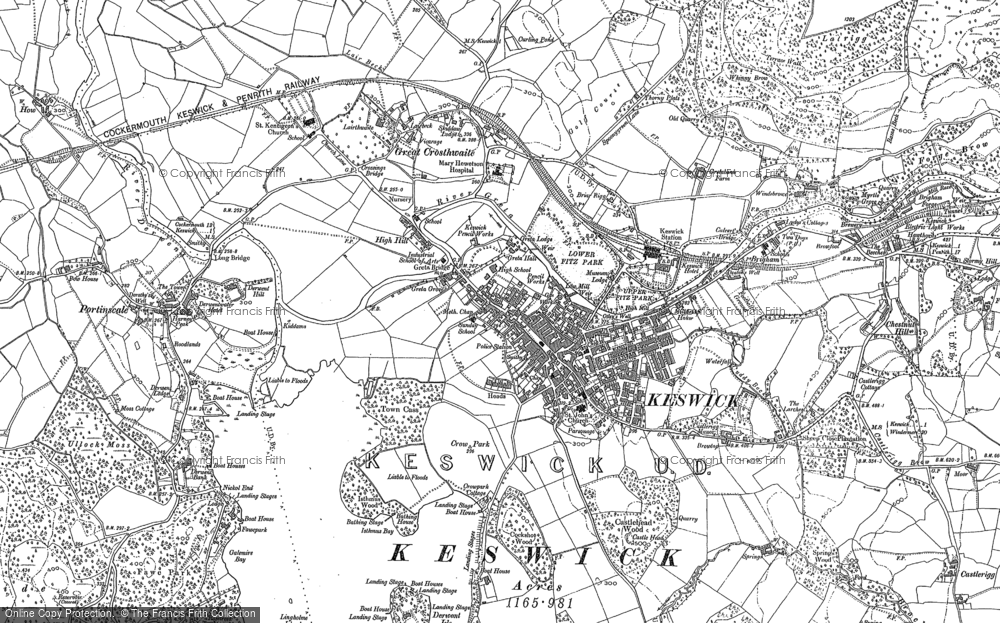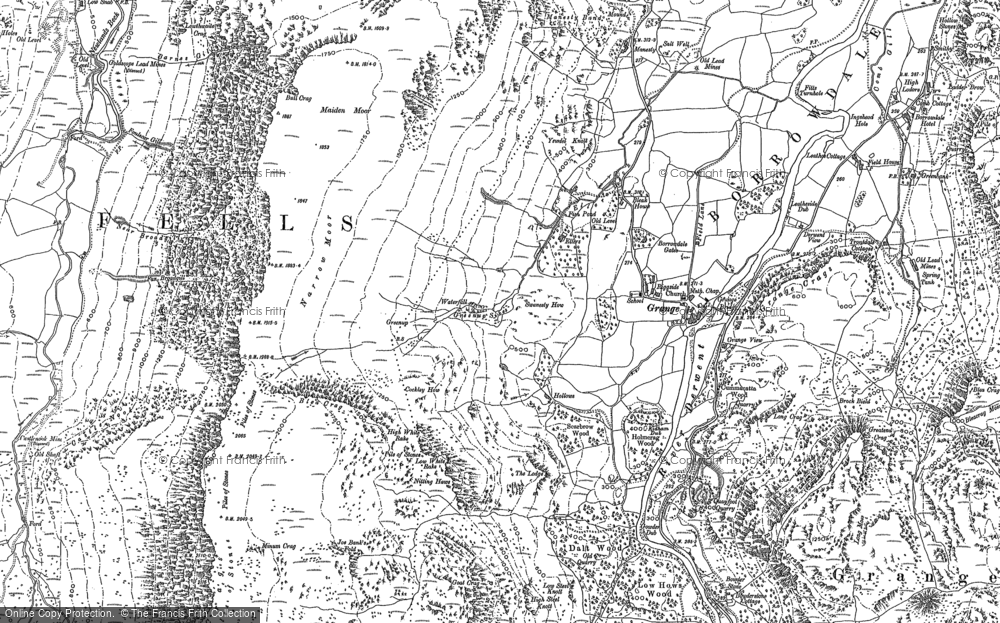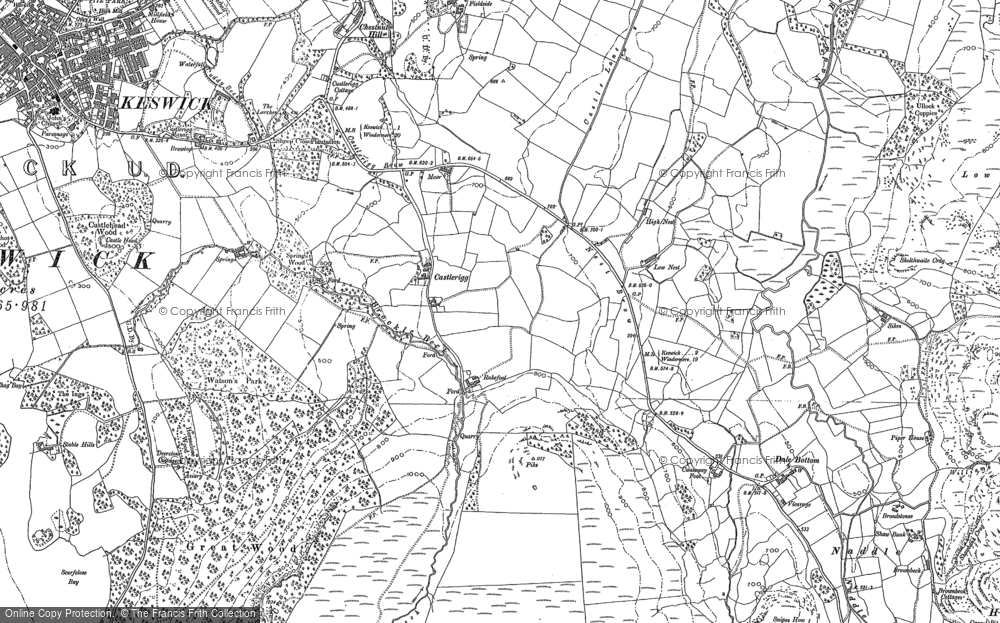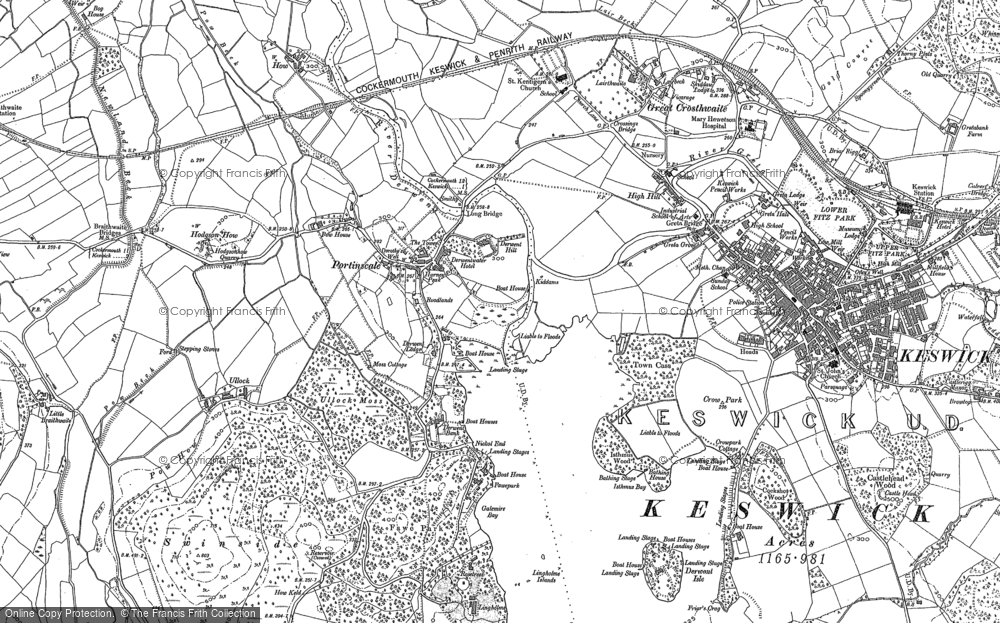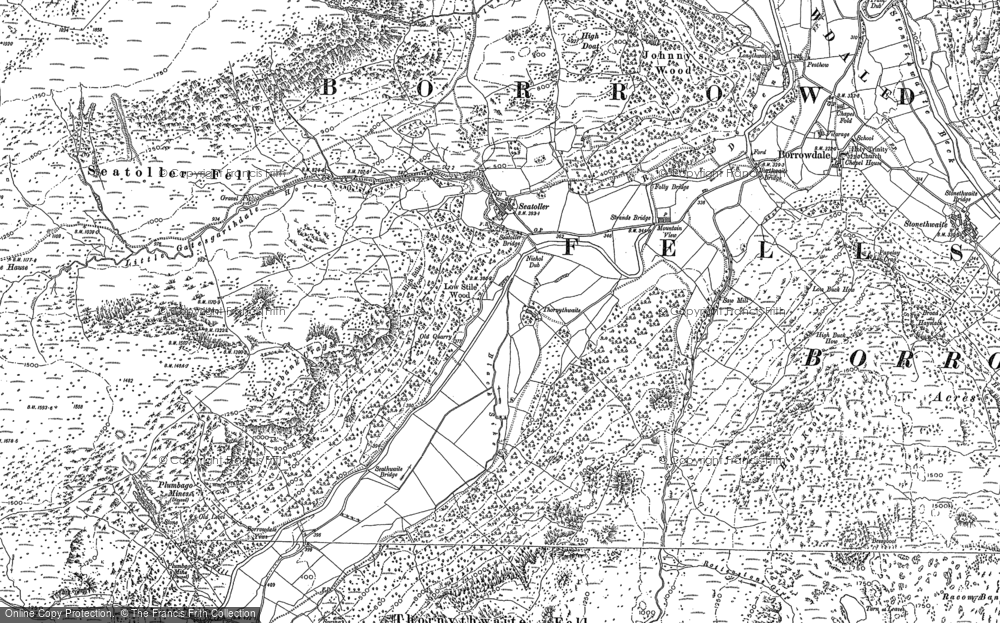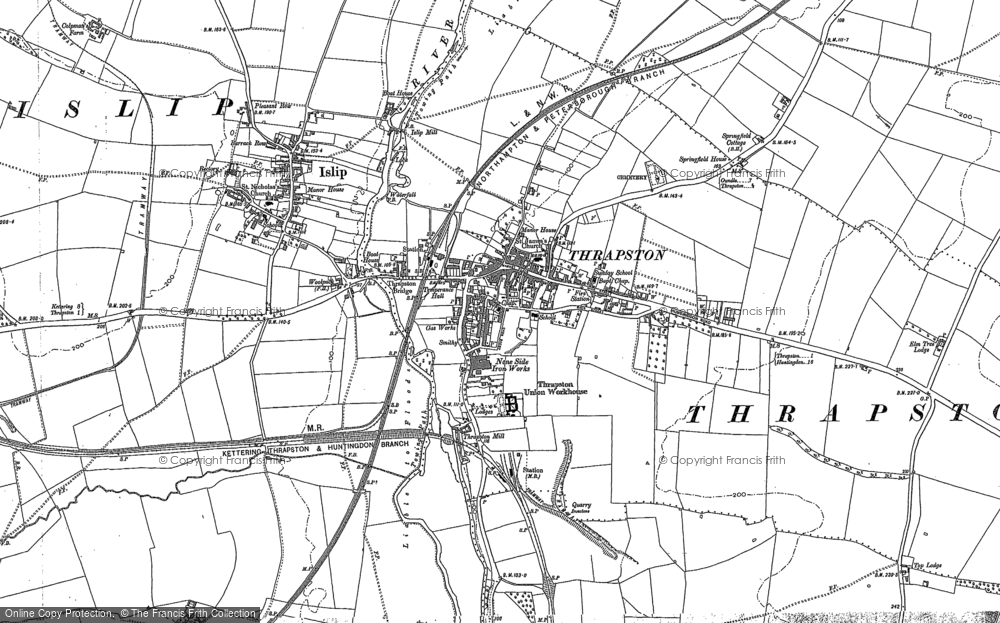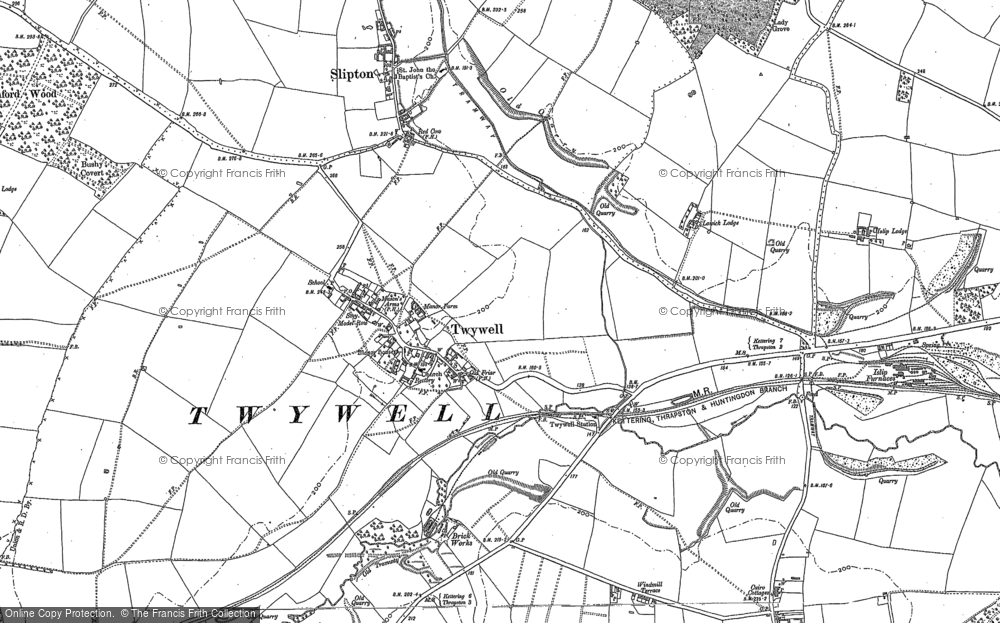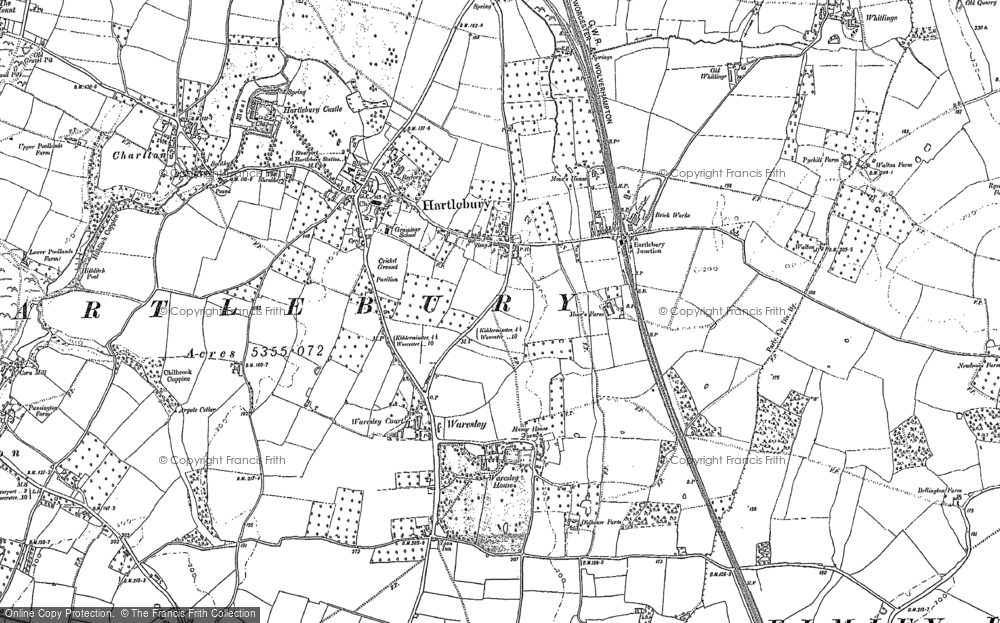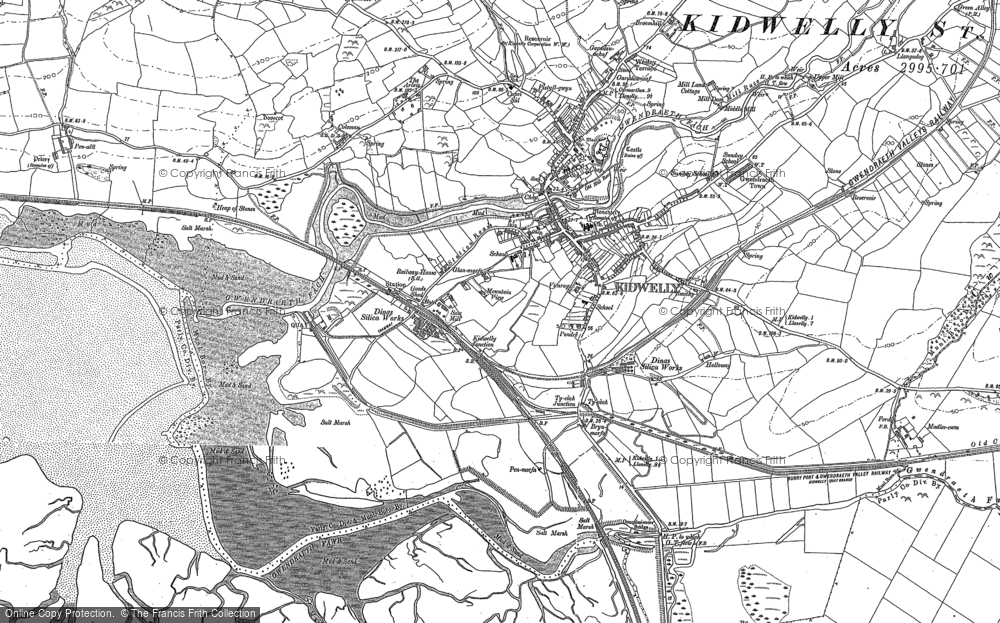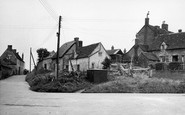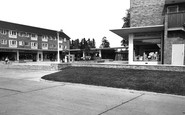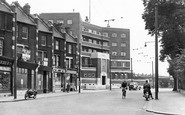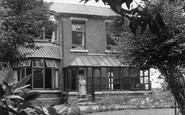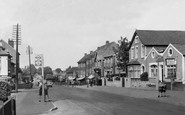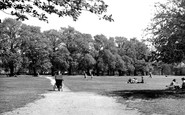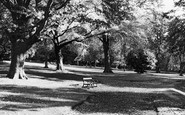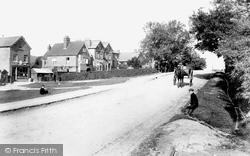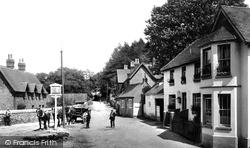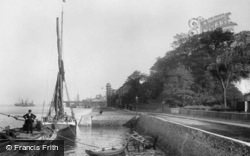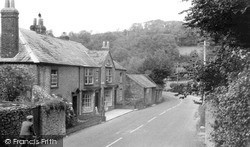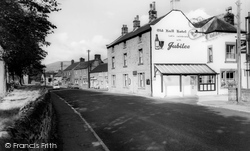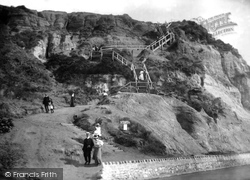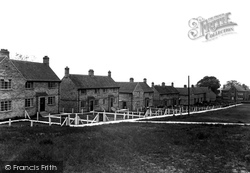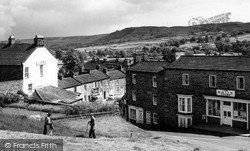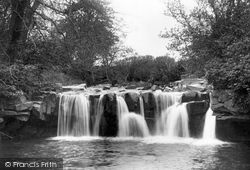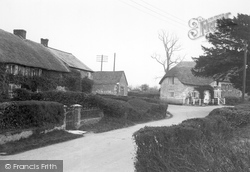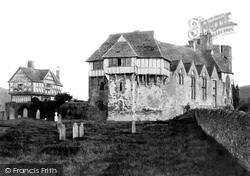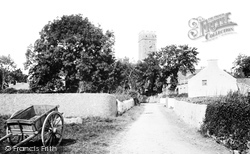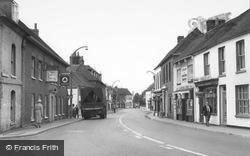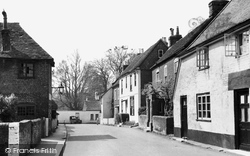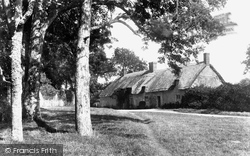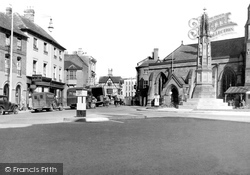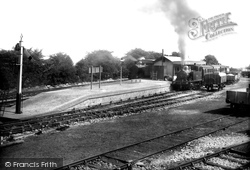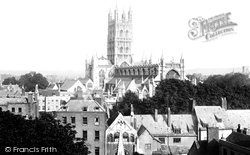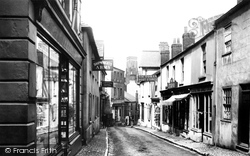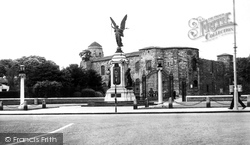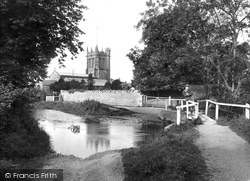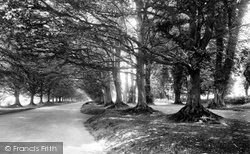Places
36 places found.
Those places high-lighted have photos. All locations may have maps, books and memories.
- Shanklin, Isle of Wight
- Ventnor, Isle of Wight
- Ryde, Isle of Wight
- Cowes, Isle of Wight
- Sandown, Isle of Wight
- Port of Ness, Western Isles
- London, Greater London
- Cambridge, Cambridgeshire
- Dublin, Republic of Ireland
- Killarney, Republic of Ireland
- Douglas, Isle of Man
- Plymouth, Devon
- Newport, Isle of Wight
- Southwold, Suffolk
- Bristol, Avon
- Lowestoft, Suffolk
- Cromer, Norfolk
- Edinburgh, Lothian
- Maldon, Essex
- Clacton-On-Sea, Essex
- Norwich, Norfolk
- Felixstowe, Suffolk
- Hitchin, Hertfordshire
- Stevenage, Hertfordshire
- Colchester, Essex
- Nottingham, Nottinghamshire
- Bedford, Bedfordshire
- Bury St Edmunds, Suffolk
- Aldeburgh, Suffolk
- St Albans, Hertfordshire
- Hunstanton, Norfolk
- Chelmsford, Essex
- Bishop's Stortford, Hertfordshire
- Peterborough, Cambridgeshire
- Brentwood, Essex
- Glengarriff, Republic of Ireland
Photos
11,145 photos found. Showing results 2,221 to 2,240.
Maps
181,031 maps found.
Books
442 books found. Showing results 2,665 to 2,688.
Memories
29,068 memories found. Showing results 1,111 to 1,120.
Photos Of The House I Grew Up In On Crown Road
My brother Don Quarterman sent me to this web site. What an amazing collection of photographs! So I have to talk about two that show the house we grew up in, Mulberry Cottage. The earlier one ...Read more
A memory of Wheatley in 1953 by
Hett Hills
Yes, I recall George Armstrong. Billy Bennison also lived in the Square. His father worked at Tribley Farm. It was a great surprise to me when once I came home on leave to find no square there!! I have had no luck in finding a ...Read more
A memory of Hett Hills in 1962 by
Priestwood Square
The newsagent was called l.B.Corne and Mr Corne doubled as Father Christmas at Meadowvale School when I was a youngster. His relatives also managed the post office based in the shop. My late mother attended the opening of the ...Read more
A memory of Bracknell by
Home Is Where The Heart Is
I was born in Tooting Police Stn or nic as Dad called it. He was a home beat officer there for years. I spent most of my younger days down in the horse stables grooming or mucking out. We lived in flat no 1 and it was ...Read more
A memory of Tooting in 1958 by
Steve Storey The Postman.
My father, Steve Storey, was the postman for East and West Harlsey in the 1960's and 70's. I used to walk up to the village with him in the late 60's to do the afternoon postal round in East Harlsey. I remember the ...Read more
A memory of East Harlsey in 1960
1st Schooldays.
I lived at Lymm Conservative club from 1949-1955 & my brother & I went to Pepper Street School. We knew Walter & Margaret Haddon, who were caretakers at the school. We loved to play in the playground when the school was ...Read more
A memory of Lymm in 1952 by
Surbiton Road Photo
My parents owned the Tip Top Cafe which was on the right of the picture where you can just see a parade of shops with flats above, which is where I was born. The bus stop in the forefront is where I used to catch ...Read more
A memory of Hook in 1961
Fly Past C 1944
I well remember the line of elm trees beyond the lady pushing the pram. On a sunny afternoon I recall playing in the park when a V1 'Doodlebug' with its distinctive, pulsating jet engine flew low over the trees, ...Read more
A memory of Hendon in 1944 by
Shildon Operatic Society
I was in the Shildon Operatic Society about 1970 to 1974. I really enjoyed it. We did such shows as Oliver, the Sound of Music and South Pacific. I was sorry to hear that they are no longer performing. I do not live in ...Read more
A memory of Shildon in 1970 by
Your search returned a large number of results. Please try to refine your search further.
Captions
29,395 captions found. Showing results 2,665 to 2,688.
According to Eric Parker, scores of visitors to Leith Hill would alight at Holmwood railway station and be taken by horse-drawn brake to the foot of the hill - the rest of the
The village is the highest in Surrey at 750ft above sea level; it is situated on the east side of Leith Hill.
The figures on top of the Market Hall were removed for five years when sewerage work was being undertaken nearby, but they were returned after cleaning and repair in December 1986.
This 1890 bronze statue of General Gordon of Khartoum on camel-back was the work of E Onslow Ford, and commemorates his illustrious career.
Situated amongst beautiful woodland, the inland village of Shorwell was one of Queen Victoria's favourite excur- sions on the Isle of Wight.
Another view of the centre of the village, showing the Old Hall Hotel on the right and the raised, walled churchyard on the left.
Apart from the areas around the mouth of the Bourne Stream, much of Bournemouth was built to the rear of the long line of cliffs, necessitating many stairways down to the beach for energetic visitors
Until recently, Husthwaite, on the western edge of the Hambleton Hills near Easingwold, was known as the Orchard Village because of its abundance of apple, pear and plum orchards.
Another view of Reeth, looking down across the gritstone-slabbed roofs of the cottages of the village, which was another important lead mining centre during the 18th and 19th centuries.
Eastgate lies to the west of Stanhope on the A689.
A good mile to the west of Littlebredy is the downland village of Litton Cheney, which contains a variety of stone-built thatched cottages and a lovely old church.
Much of the castle was built at the end of the 1200s by Lawrence de Ludlow, a wealthy wool merchant. At this time England's wealth lay in its wool.
The War Memorial stands at the top of the park. The architect was Major C Oakley and the sculptors were Fairburn and Hill, all of Barrow.
Robert Devereux, the Earl of Essex and favourite of Elizabeth I, spent some of his youth here. Note the cart on the left of the picture.
Oakeley Chemist and Store on the right of this photograph is now the premises of a photographer, and today the adjoining seed and agricultural merchants is the office of an independent
One 18th-century resident of Twyford was Mrs Maria Fitzherbert, who spent much of her childhood here, before going to London and becoming the mistress of the Prince of Wales—later George IV.
Surviving 17th-century cottages (centre) stand opposite White Lodge Gate which is the main entrance into the grounds of Lulworth Castle.
Standing beyond the market area of High Town, near to the Shire Hall, St Peter's is the civic church of Hereford.
Set at the heart of an ancient tin mining district this pleasing old village straddles the Tamar. The goods sidings at the station recall Cornwall's past prosperity based on the mining of tin.
The splendid Norman tower of the Cathedral rises above the roofs of the county town, forming an important part of the city's skyline.
Salcombe was the home of the Victorian historian James Anthony Froude, author of a history of England and of biographical publications about Thomas and Jane Carlyle.
This grand war memorial by Henry Fehr was erected in 1923 on a site formed by the demolition of a number of houses at the east end of High Street, which visually linked the street to East Hill – a
The 15th-century tower of Charminster's church dominates the valley of the River Cerne, and was built under the direction of Sir Thomas Trenchard.
The long avenue of beech trees which lines the road beyond Wimborne, towards the ancient hillfort of Badbury Rings, is one of the finest sights in England.
Places (6814)
Photos (11145)
Memories (29068)
Books (442)
Maps (181031)


